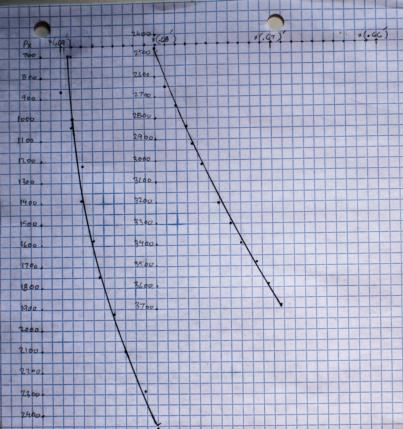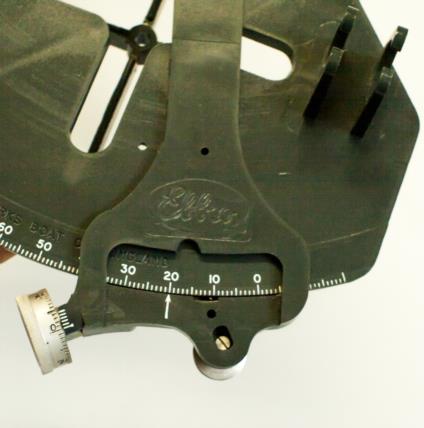
NavList:
A Community Devoted to the Preservation and Practice of Celestial Navigation and Other Methods of Traditional Wayfinding
From: Brad Morris
Date: 2017 Jan 19, 16:39 -0500
Brad,
The best I can demonstrate here in Florida (where I'm visiting) is to show a 28mm wide angle digital camera image of an Ebbco sextant with the scope removed. The Ebbco as the standard is set to exactly 20° 00.0' (see image). The building cupola (300 yards away) is observed with the 28mm DSLR through the scope mount while also showing an unobstructed view of the cupola. 1749 pixels are counted between images. Lens calibration graph has the multiplier at .6864 minutes of arc per pixel ( see graph). The lens was calibrated using a Plath metal sextant as the standard last year. The Camera Hs = 20° 00.5' vs. the Ebbco set at exactly 20° 00.0'.
If I had a metal sextant to use as a standard then it would replace the Ebbco and the Ebbco would be used with scope in to measure the angle of the two cupola images as seen with the 28mm lens. It is best to do this on a level table with sextant frames parallel.
Precision with this method is only going to be 1' which is good enough for a plastic sextant. 0.1' arc error determination will require the expensive machine as mentioned earlier in this thread.
Haven't had any trouble with repeatability. The final practical test for my other calibrated Ebbco Special was to have my dock neighbor take sights with it while crossing the Atlantic. His intercept results were better than 3' on all but two of his daily Sun observations vs. GPS.
When I return to California then I'll post images of two sextants working together for calibration purposes.
Greg Rudzinski
From: Brad Morris
Date: 2017 Jan 18, 12:24 -0500Hello GregYou wroteusing a metal sextant as the standard as Frank has described, I was able to check arc error on Ebbco's and Davis plastic sextants through 120° of arc in less than an hour.One of the most important features of metrology is the reproducibility of results. I think you would agree that the arc error table, in order to be reliable, should be reproducible. What good would an arc error table be if it changed every time you measured it?As the back to back sextant method only took an hour, perhaps you would show that reproducibility! Perform the measurement of arc error, again. At a few different angles checked, please take some photographs of the back to back sextant arrangement, such that it becomes obvious how it's done. Document all the raw data and provide the final result. Compare it to the previous result, such that the error in reproducibility is displayed.I do realize it's a bit of work, but if it really only takes about an hour, it promises to be the most practical method available.Please be sure to use the same metal sextant as before as your standard. The reason is outlined well below, but I didn't want you to miss this important point.
Attached File:
Attached File:
Attached File:









